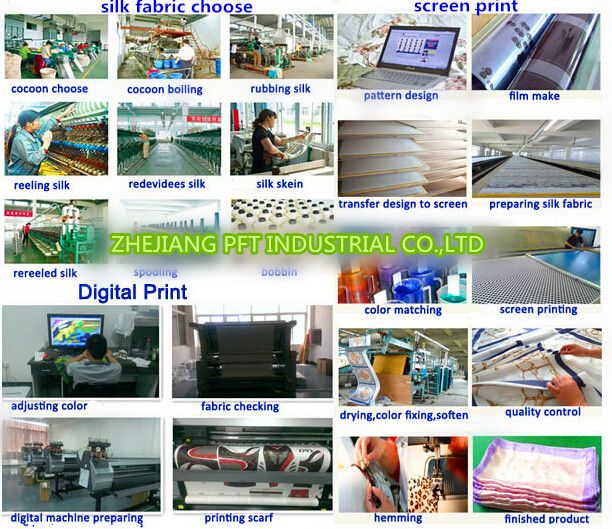The Silk-making Process: From Silkworm to Fabric
The silk-making process is a complex and meticulous journey that transforms the humble silkworm into the beautiful and highly-coveted fabric we know as silk. It all starts with the silkworm, which is carefully reared and fed on mulberry leaves until it reaches maturity. When the silkworm reaches its final stage, it constructs a cocoon around itself, made of the silk it has produced. The cocoons are then harvested and processed to extract the silk fibers, which are spun into threads and then woven into fabric. The silk-making process requires meticulous attention to detail and a deep understanding of the silkworm's life cycle and habits. It is a craft that has been passed down through generations and continues to captivate and inspire people all over the world.
The silk-making process is a fascinating and complex journey that transforms the humble silkworm into the beautiful and highly-coveted fabric we know as silk. From the incubation of the silkworm eggs to the delicate weaving of the silk threads, each step of the process requires patience, skill, and a deep understanding of nature’s cycles.
The journey of a silkworm begins with the incubation of eggs laid by the female silkmoth. These eggs are placed in a warm, damp environment, and after about a week, the tiny silkworms hatch out of the eggs. They are fed with fresh mulberry leaves, which are essential for their growth and development.
As the silkworms grow, they undergo several molts, shedding their skin and growing larger with each stage. After about a month, the silkworms are ready to spin their cocoons. They attach themselves to a branch or leaf using a strong silk thread and begin to spin a cocoon around themselves. This cocoon is a protective shell that will protect them during their transformation into moths.

The cocoons are left to incubate for about two weeks, and then the silkworms emerge as moths. The female moth lays more eggs, and the cycle continues. However, the silk-making process does not end here; it is at this point that the actual silk-making process begins.
The cocoons are harvested and taken to the silk factory. Here, they are soaked in hot water to loosen the silk threads inside. The cocoons are then placed on a spinning wheel, and a drop of water is added to help release the silk threads. The spinning wheel is turned, and the silk threads are gradually drawn out and spun into a continuous thread.
The silk threads are then washed, dried, and sorted according to their quality and thickness. The higher-quality threads are used to make finer fabrics like silk scarves or dresses, while the lower-quality threads are used for bulkier items like curtains or upholstery.
Once the silk threads are sorted, they are ready to be woven into fabric. The weavers use a loom to interweave the threads in a specific pattern to create the desired fabric texture. The process of weaving is both art and craft; it requires precision and skill to ensure that the fabric is smooth, strong, and aesthetically pleasing.

Finally, the woven silk fabric is finished and ready to be sold or used in clothing or other items. The entire process of making silk from silkworm eggs to finished fabric takes about six months and requires the labor of many skilled workers.
The silk-making process is not just about transforming nature’s bounty into a beautiful fabric; it is also about preserving a unique cultural heritage. Silk has been an integral part of human civilization for thousands of years, and the skills and knowledge needed to make it are passed down through generations of craftsmanship. Today, as technology and industrialization continue to transform our world, it is important to remember and celebrate the beauty and value of traditional craftsmanship like silk-making.
Articles related to the knowledge points of this article:
The mens羽绒服,A Fashion Staple for the Cold Seasons
Title: The Art of Narrow Tie Knots: A Comprehensive Guide for Men
Anta Down Jacket: Fashion and Warmth for Winter
Title: A Comprehensive Guide to Silk Scarves: A Picture Gallery of Exquisite Fabrics



